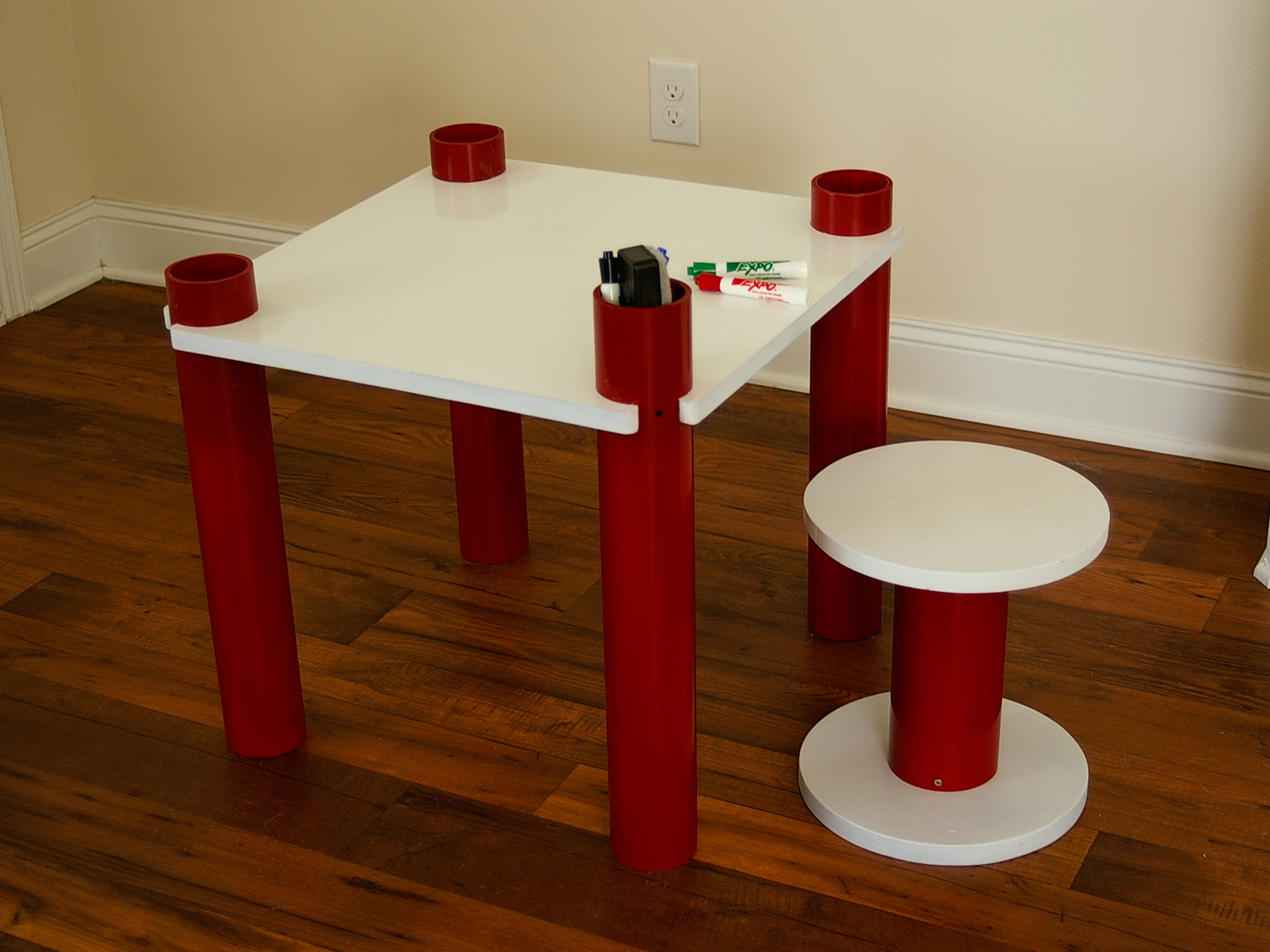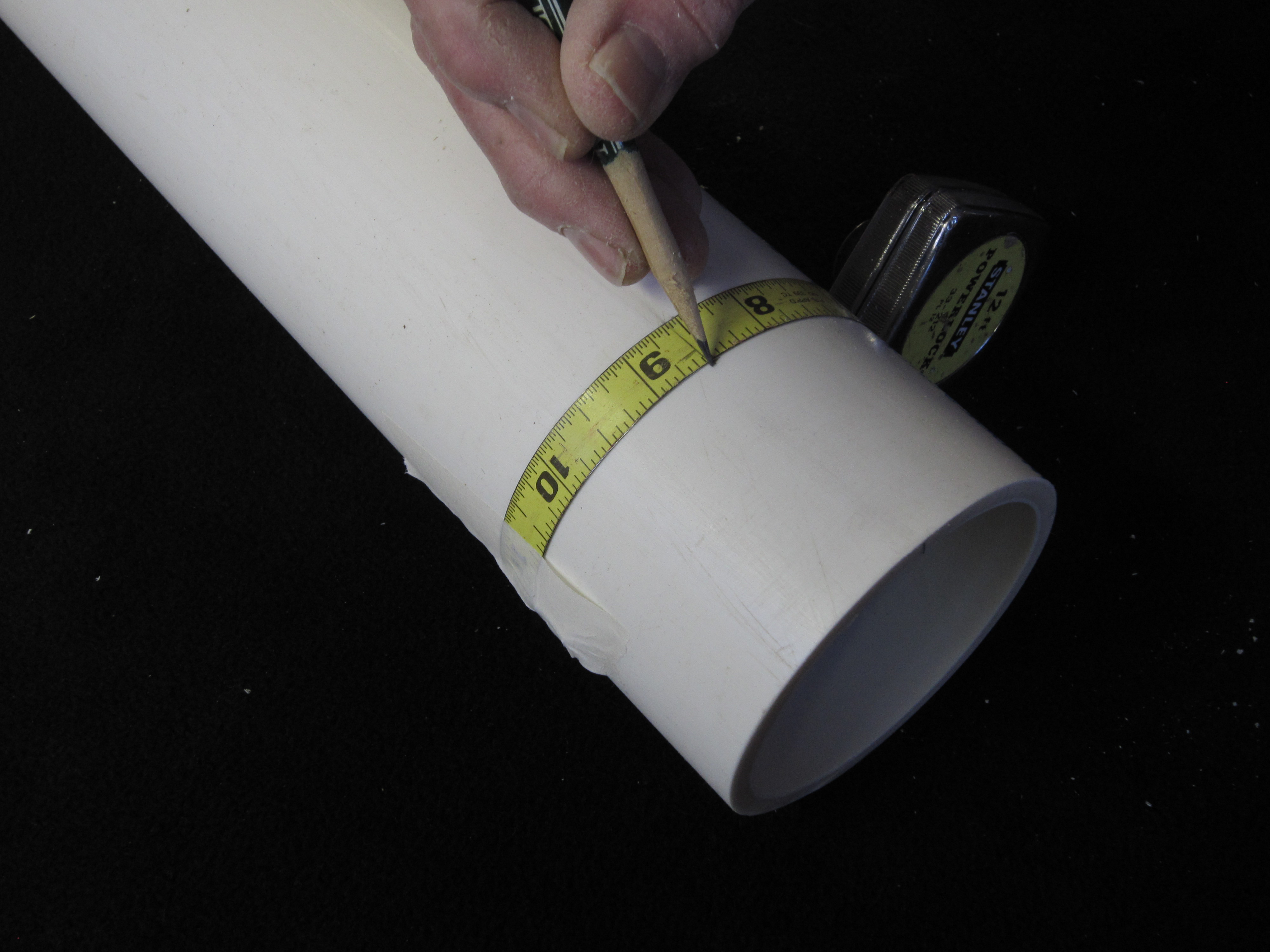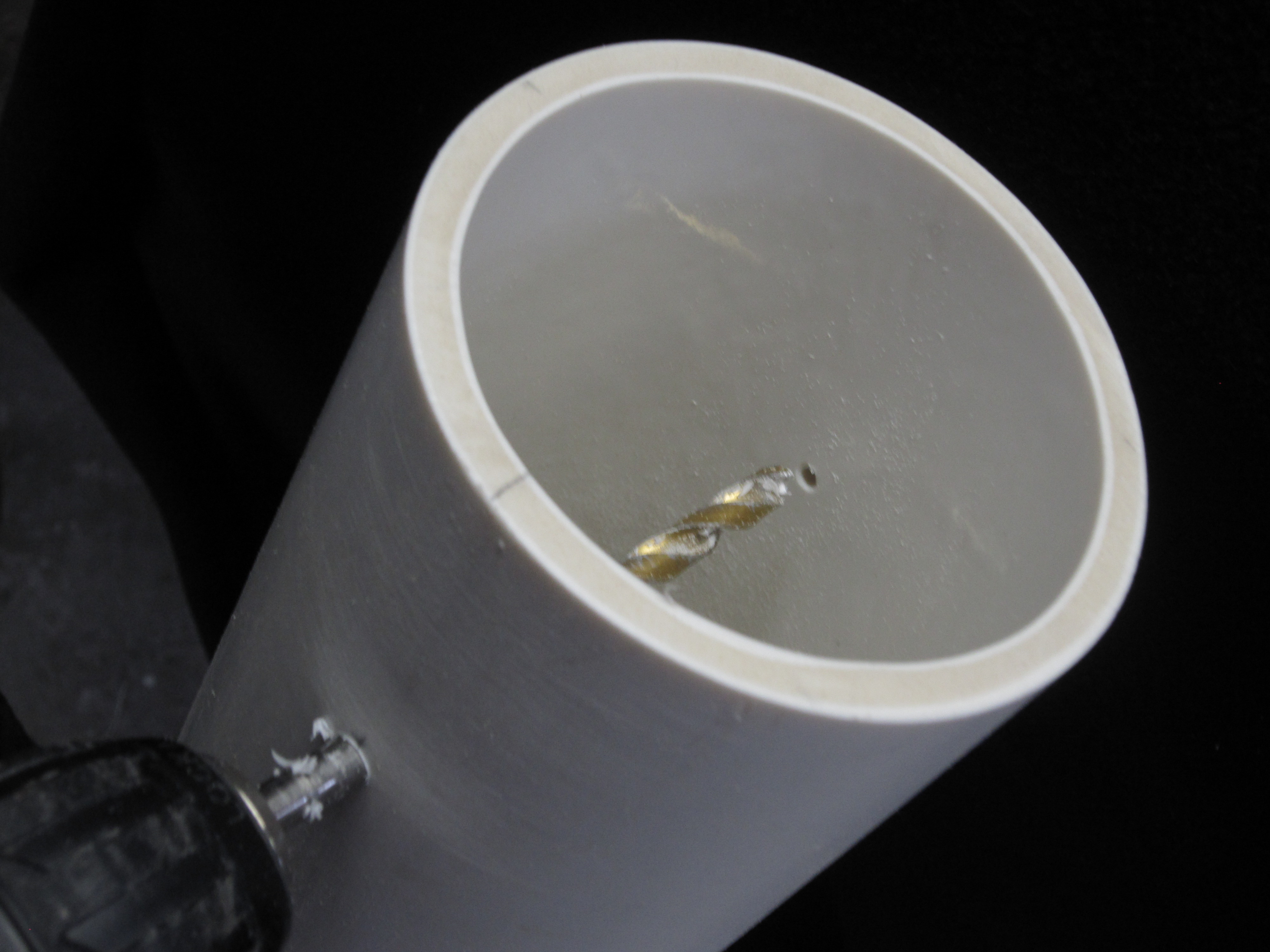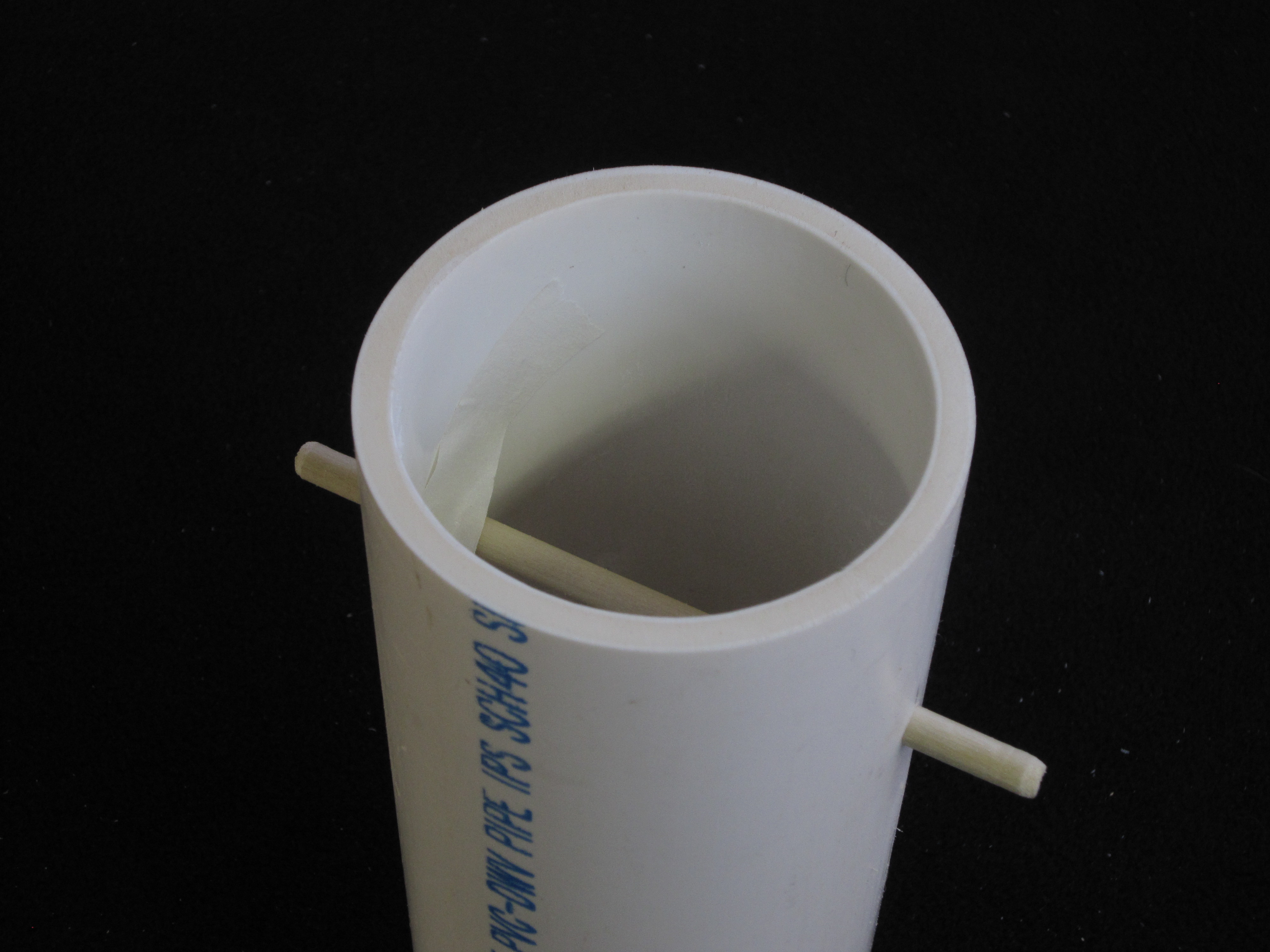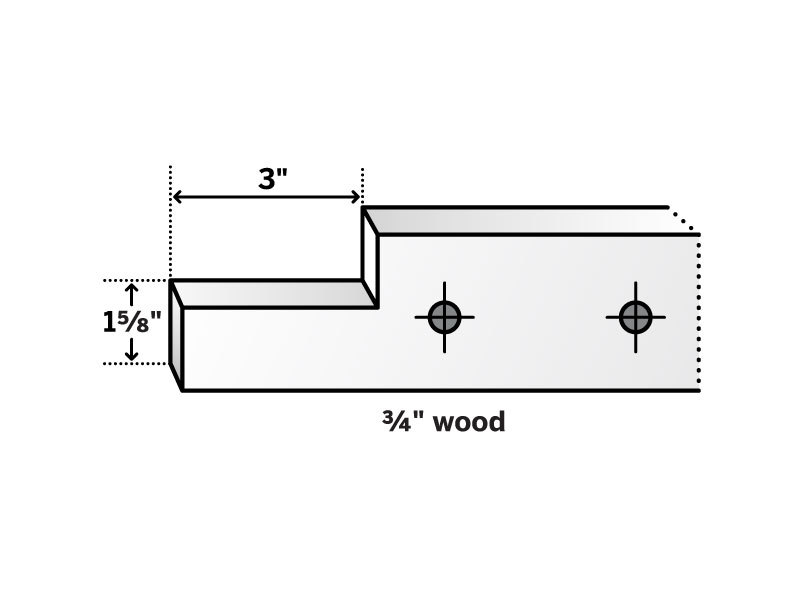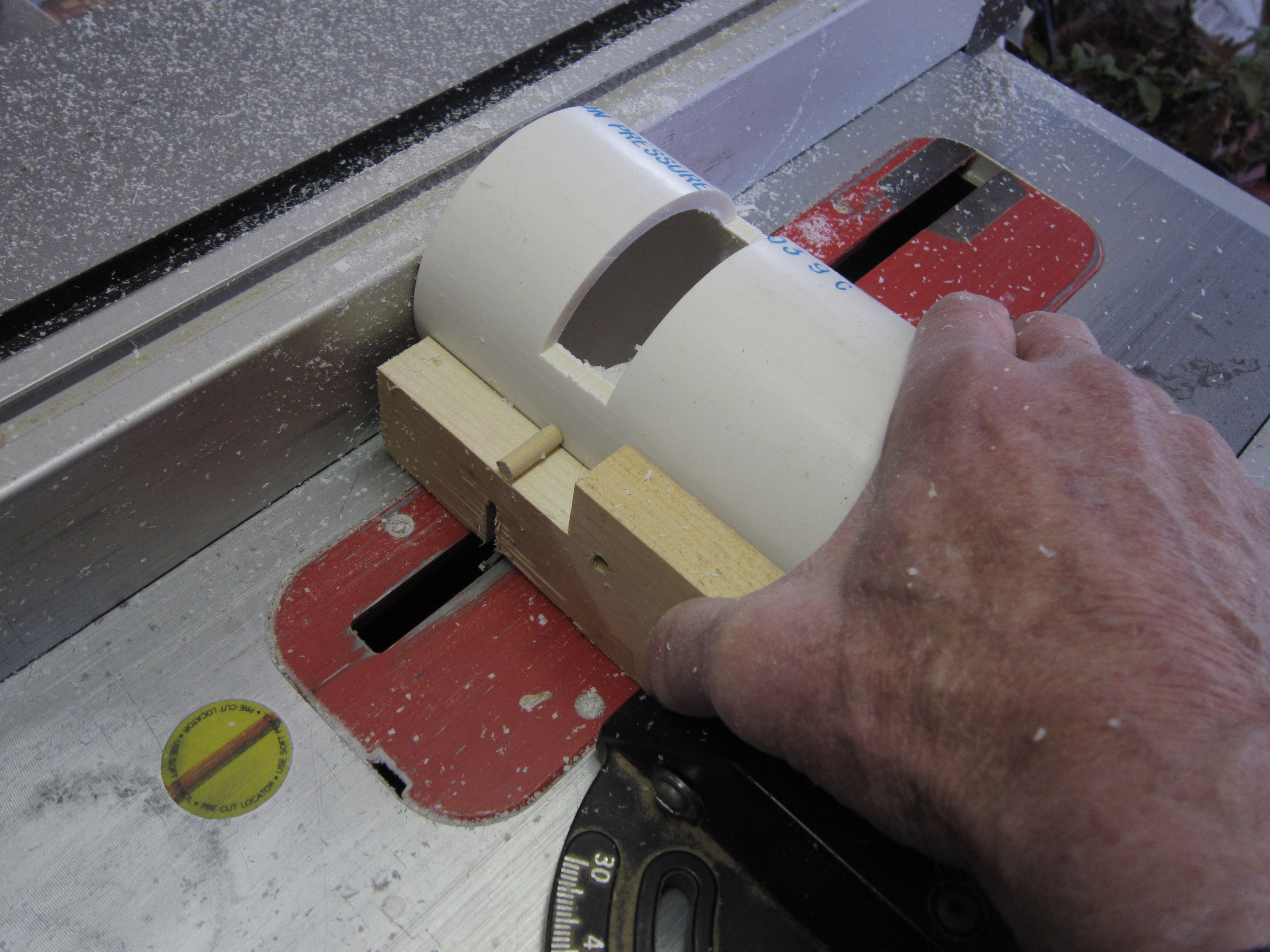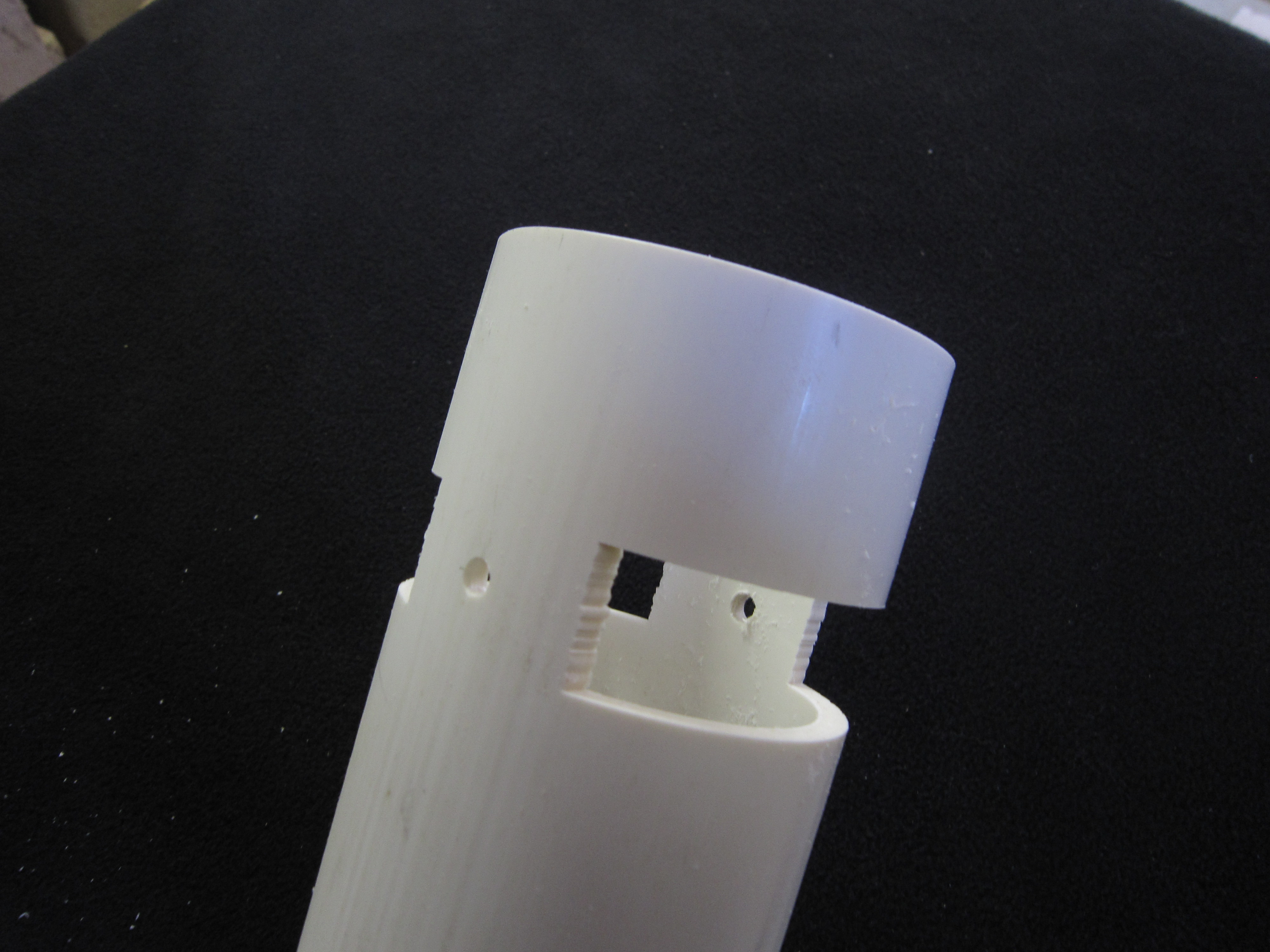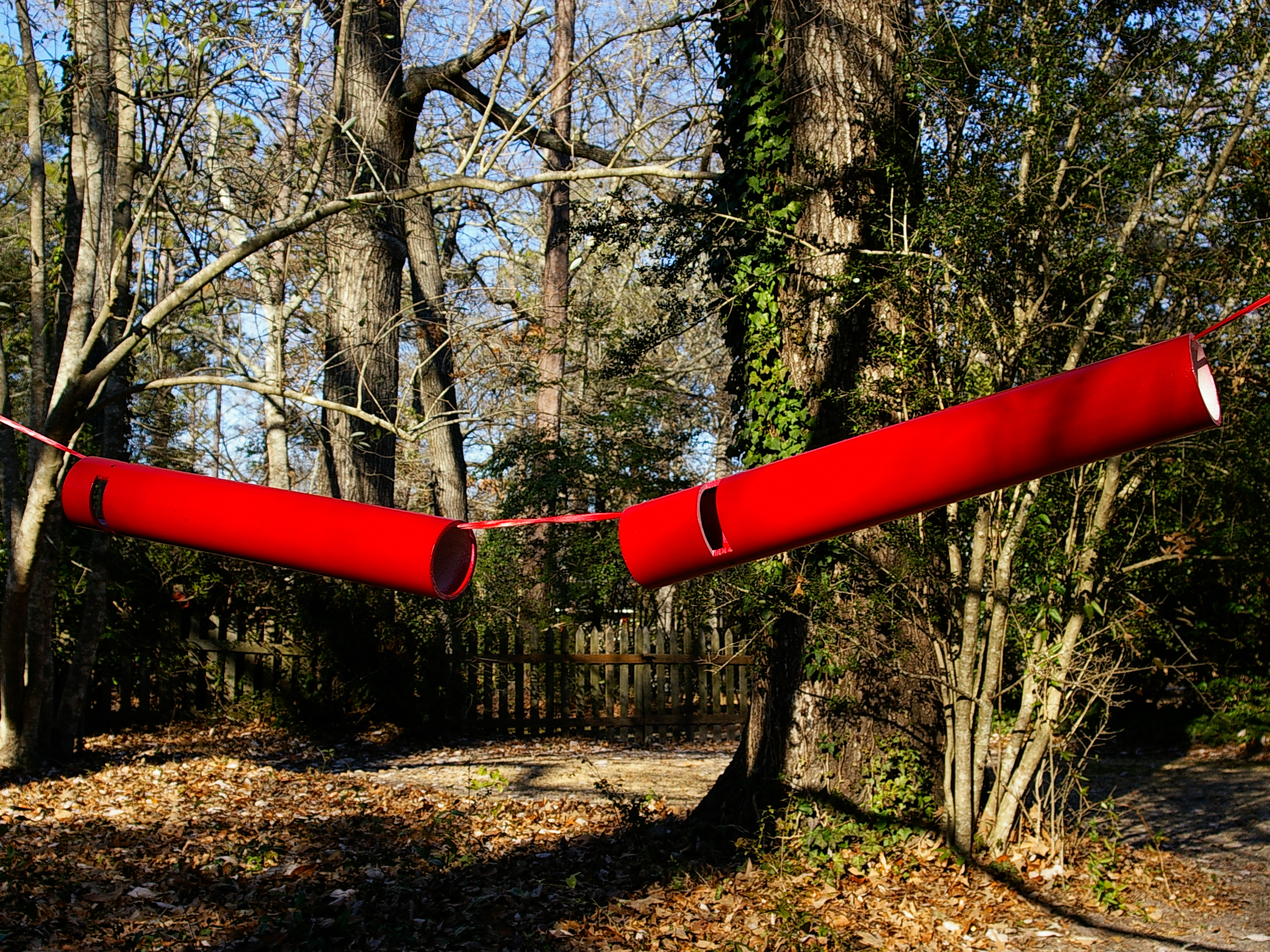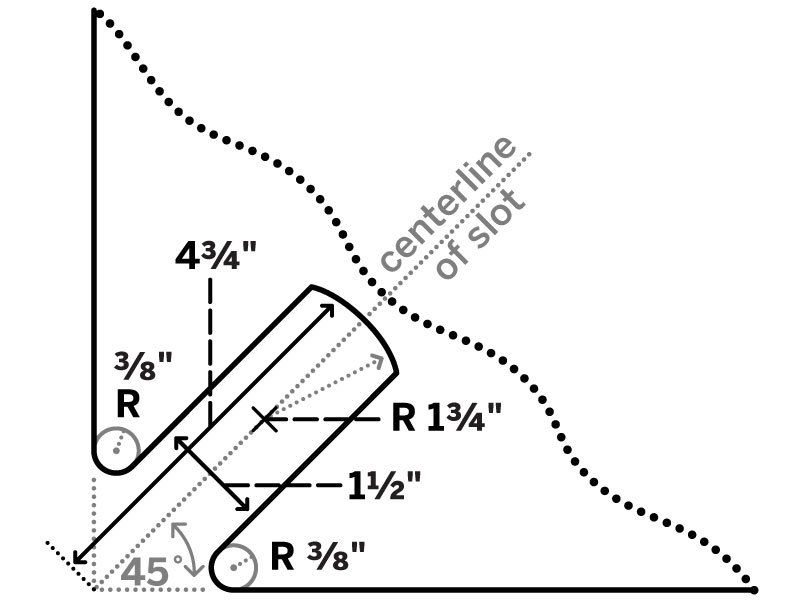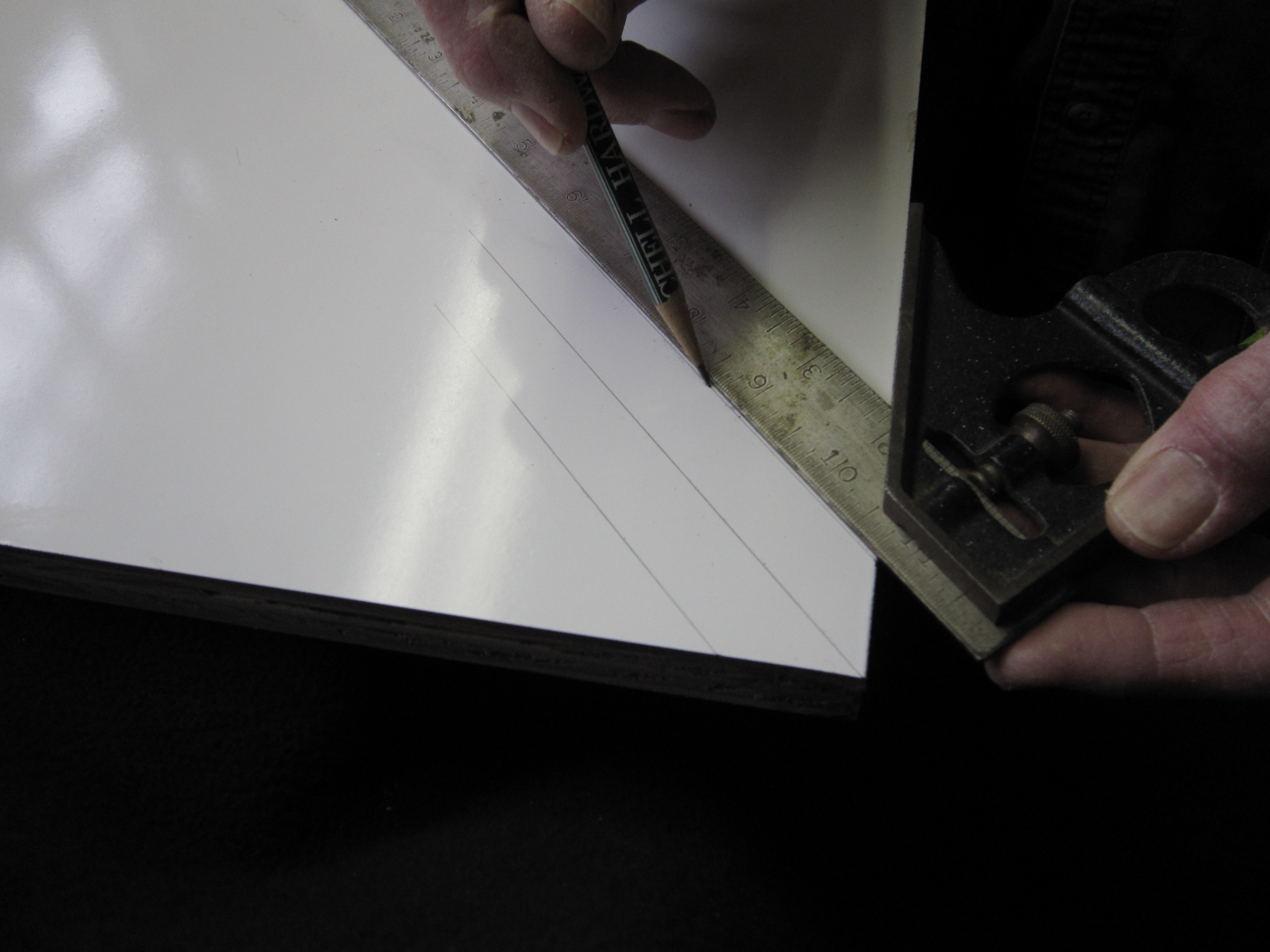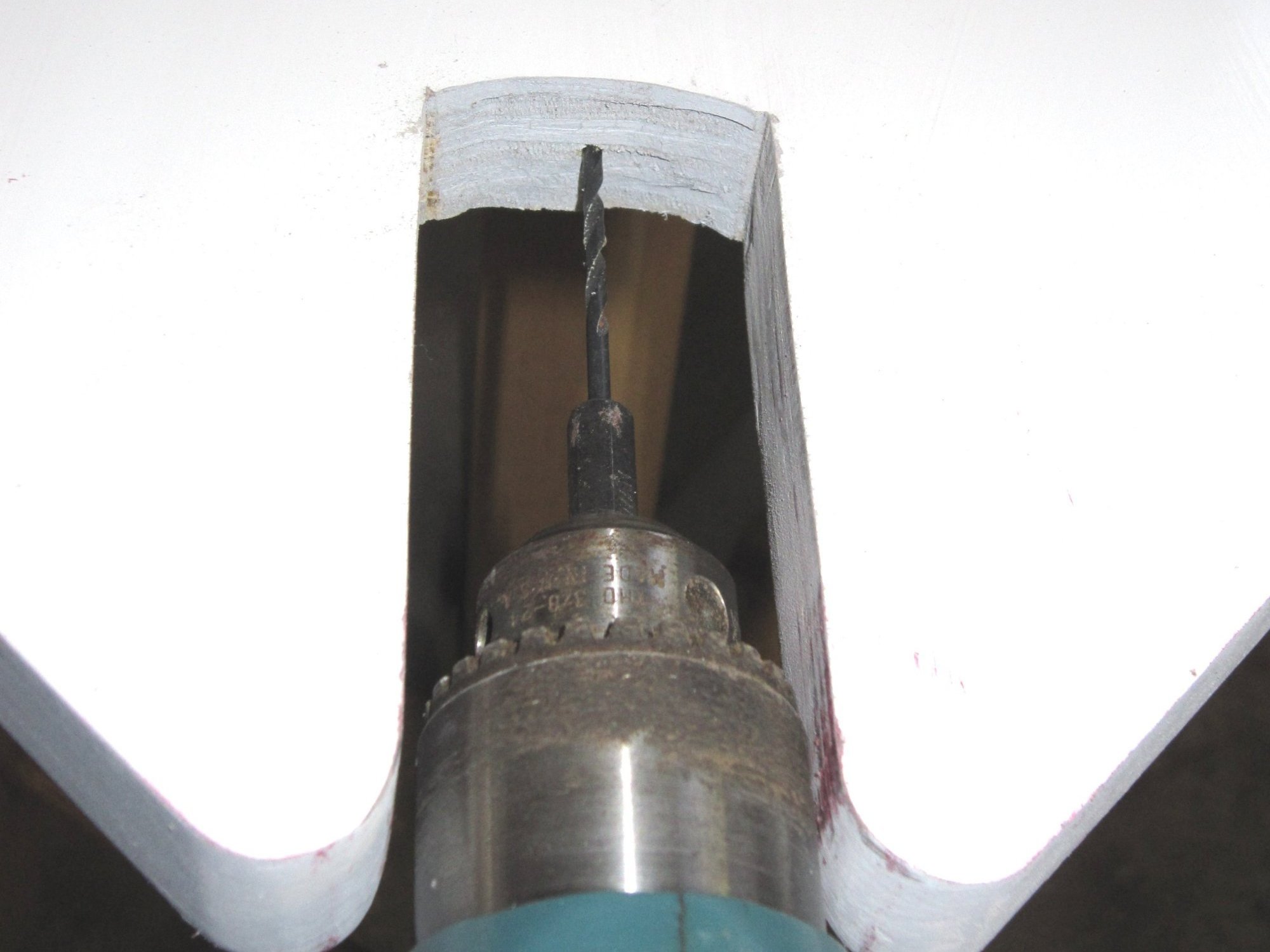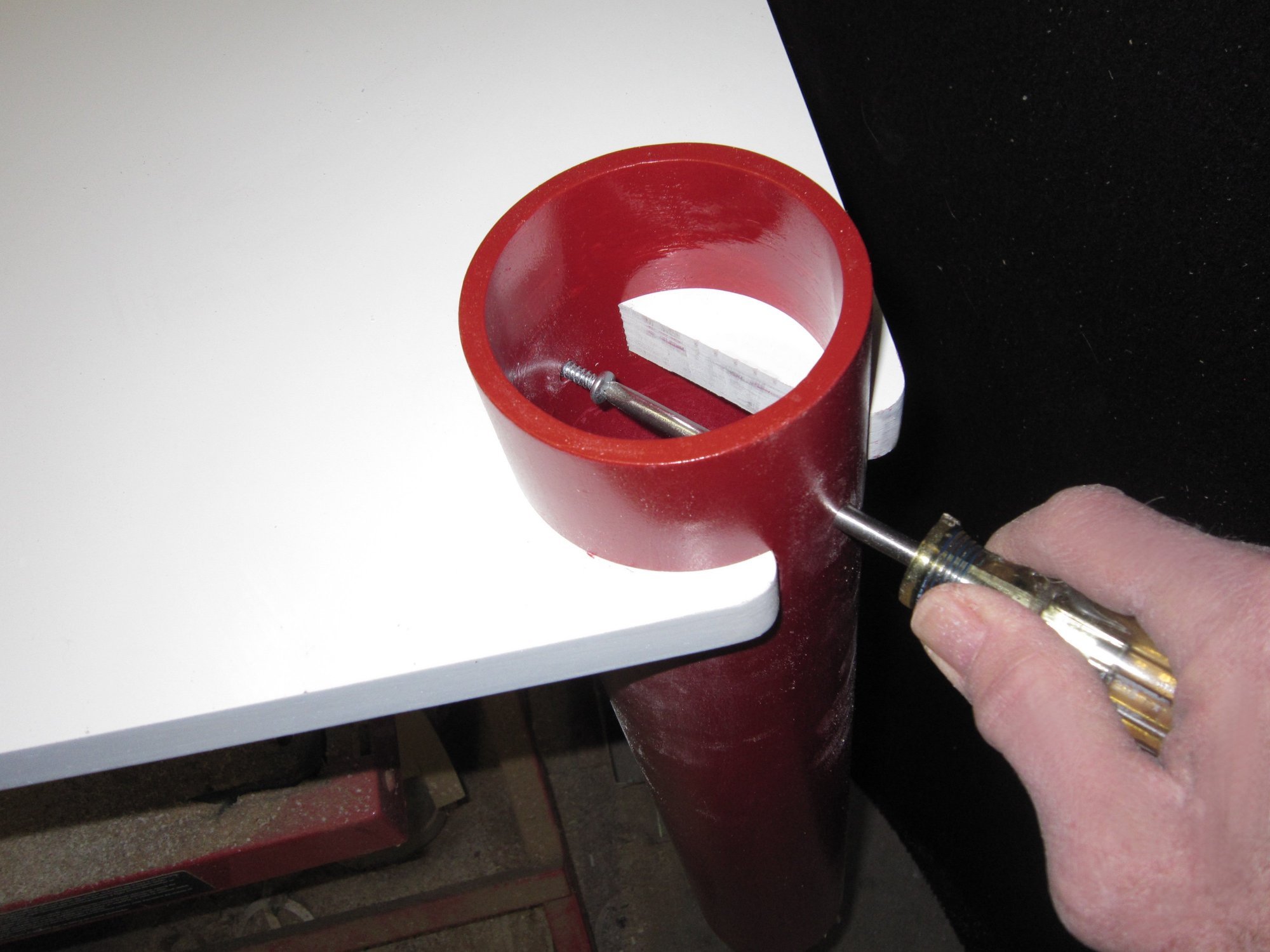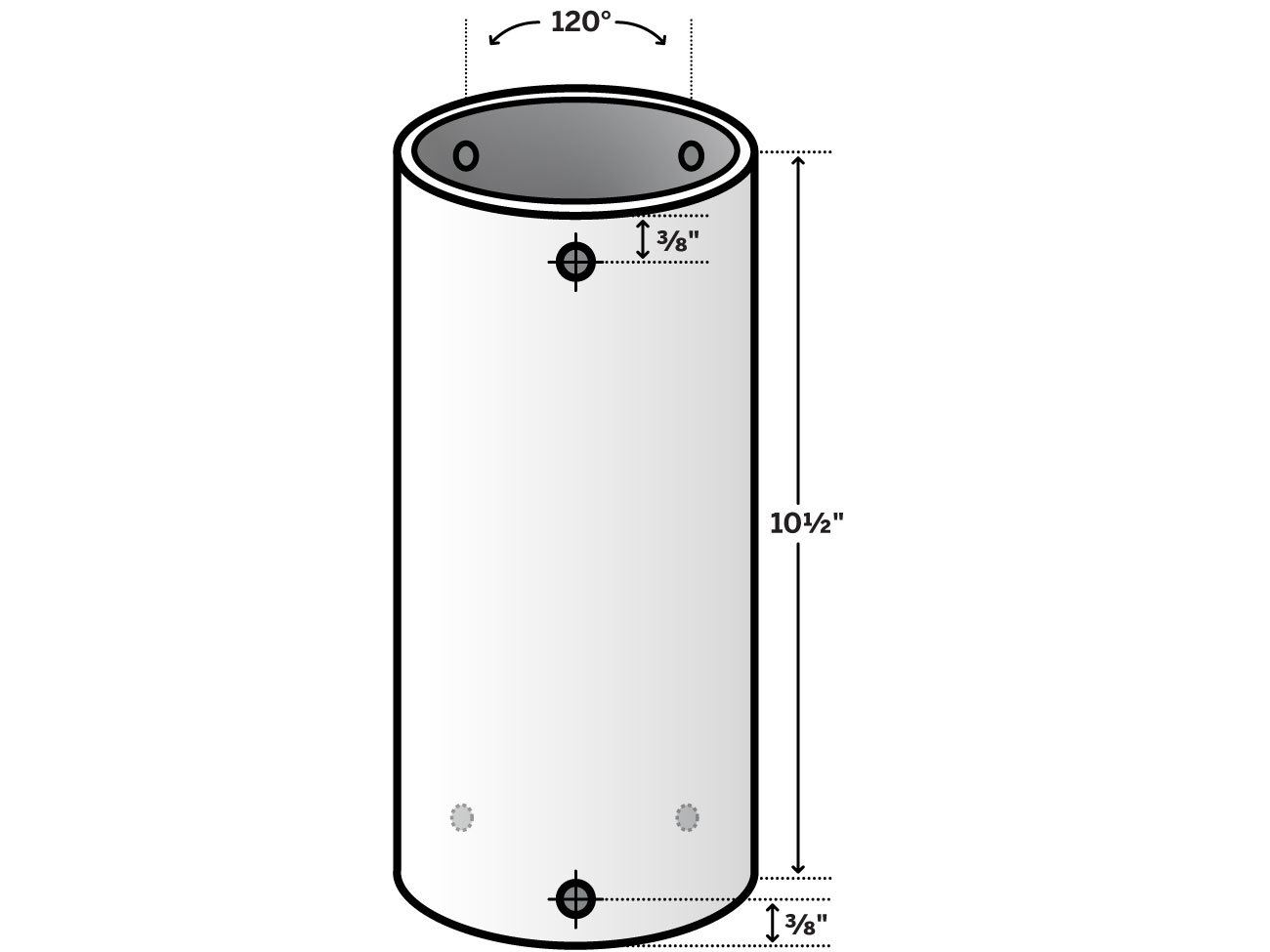Humble PVC drain pipe is cheap, widely available, easy to work with, and almost endlessly useful for making everything from patio furniture to elegant sculptures.
This small table fits young kids perfectly — and they can scribble to their hearts’ content on the dry-erase tabletop.
The Kids’ Table and Stool is part of a series of four family-friendly projects that use 3″- or 4″-ID (inside diameter) PVC pipe. In a weekend you can easily make all four: a kids’ table with a dry-erase top and matching stool, a two-faced clock to help you remember friends in another time zone, a hanging planter, and an accent lamp that seems to float on light.
You can make them with handheld tools, but bench tools such as a band saw or table saw with a fine-toothed blade work best for making square and accurate cuts. PVC also bends easily when heated in boiling water, which opens up all kinds of new shapes and design possibilities.
If cutting pipe from a 10′ length, ask a friend to help support it. Use a face mask and ear protection for cutting and sanding.
Fill any dings with automotive body filler and/or glaze. Then sand the pipe parts with 180-grit sandpaper, prime, and paint. If you want to skip the primer, there are new spray paints that adhere directly to plastic.


